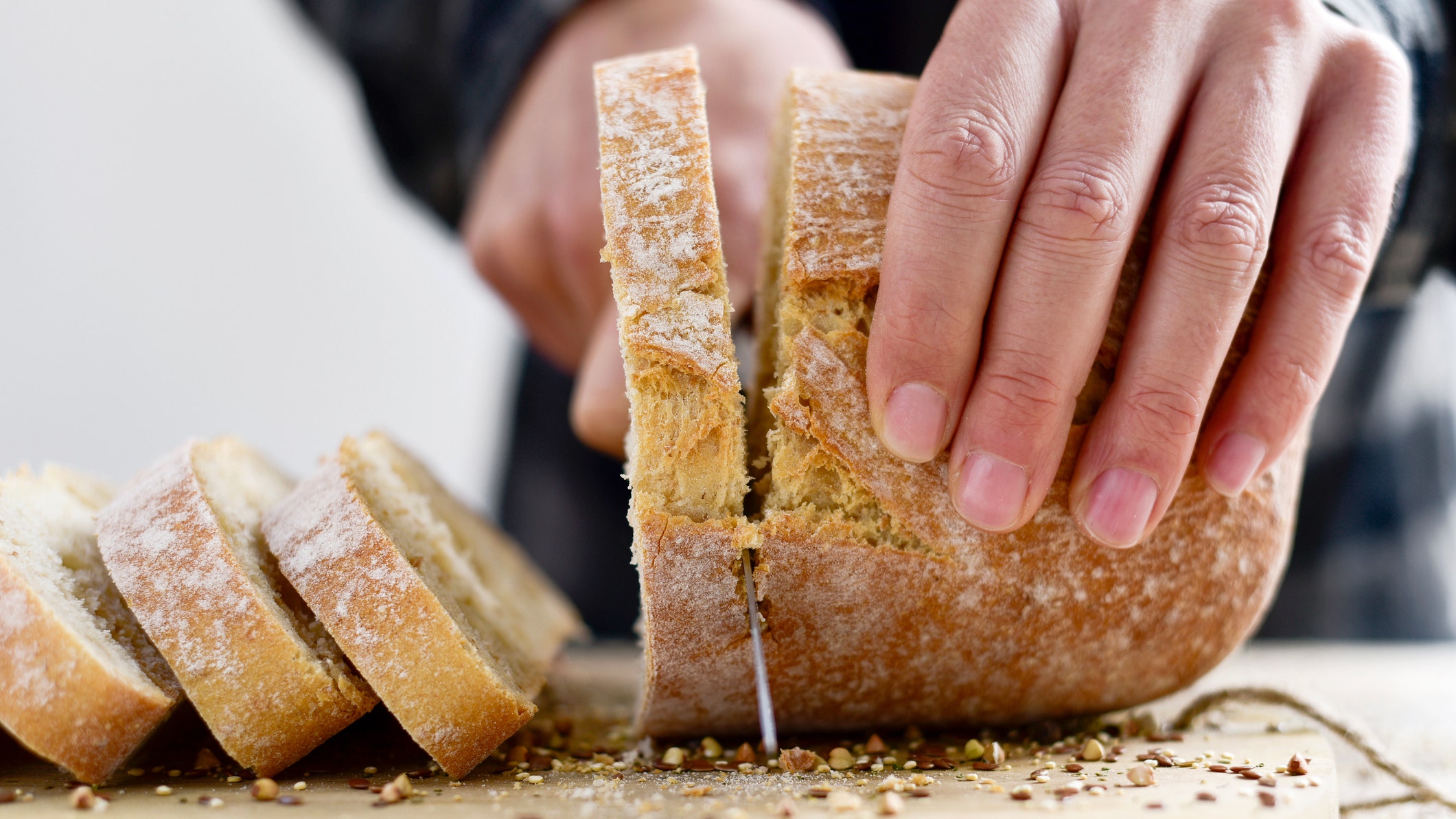Is Your Bread Making You Sick? Nutritionists Weigh In on the Healthiest (and Unhealthiest) Choices

The Great Bread Debate: Rogan's Claims and Expert Insights
Recent discussions sparked by Joe Rogan's commentary on American bread have brought the health implications of this dietary staple into sharp focus. Many Americans consume bread daily, often unaware of the potentially detrimental effects of certain types. But fear not, bread lovers! Not all bread is created equal. Nutrition experts are stepping in to clarify the confusion and guide you towards healthier choices.
Understanding the Problem: Processed Bread and Its Pitfalls
The core of the issue lies in the prevalence of heavily processed white bread and similar varieties. These breads are often loaded with additives, preservatives, and refined grains, stripping away vital nutrients and fiber. The rapid rise in blood sugar caused by refined carbohydrates can contribute to weight gain, insulin resistance, and an increased risk of chronic diseases like type 2 diabetes. Furthermore, some preservatives found in commercial bread have been linked to negative health outcomes.
The Good News: Whole-Grain Bread to the Rescue
The good news is that there are healthier bread options available! Whole-grain bread, particularly varieties made with 100% whole wheat or other whole grains like oats, rye, or spelt, offers a wealth of benefits. These breads are packed with fiber, which aids digestion, promotes satiety, and helps regulate blood sugar levels. They also contain essential vitamins and minerals, contributing to overall health and well-being.
Decoding Bread Labels: What to Look For (and Avoid)
Navigating the bread aisle can be overwhelming. Here's a breakdown of what to look for and what to avoid:
- Look For: “100% whole wheat” or “100% whole grain” prominently displayed on the label. Check the ingredient list to ensure whole grains are the first ingredient. Higher fiber content (at least 3 grams per slice) is a plus.
- Avoid: Ingredients like high fructose corn syrup, bleached flour, artificial colors and flavors, and excessive amounts of preservatives (like calcium propionate). Be wary of breads labeled “wheat bread” – they may contain mostly refined flour.
Beyond Whole Wheat: Exploring Other Healthy Bread Options
While whole wheat is a great choice, don't limit yourself! Consider exploring other nutritious options:
- Sourdough Bread: The fermentation process in sourdough bread can improve digestibility and nutrient absorption.
- Sprouted Grain Bread: Sprouting grains enhances nutrient bioavailability and makes them easier to digest.
- Rye Bread: Rye bread is rich in fiber and has a distinctive, slightly tangy flavor.
Making Informed Choices for a Healthier You
Ultimately, the best bread for your health is one that is minimally processed, made with whole grains, and free from unnecessary additives. By understanding the ingredients and making informed choices, you can enjoy bread as part of a balanced and healthy diet. Don't let Rogan's comments scare you away from bread entirely – just be a savvy consumer!
Disclaimer: This article provides general information and should not be considered medical advice. Consult with a registered dietitian or healthcare professional for personalized dietary recommendations.




